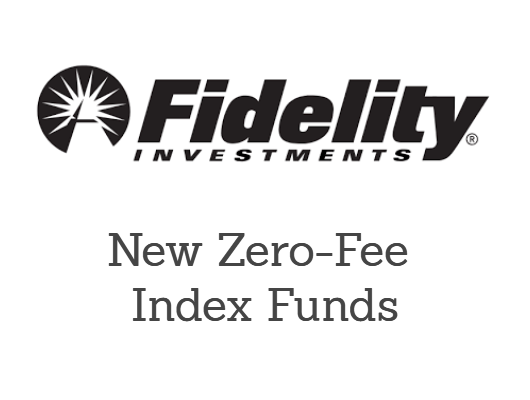The year 2016 is just underway and we already witnessed a significant correction on the financial markets. Much of the turmoil is credited to the developments in China. One the one hand there was the crash on the Chinese domestic stock markets which showed the vulnerability of the Chinese equity markets. The newly implemented ‘circuit-breaker’, which prevents the market from spiraling down further, was abandoned only after a few days. The Chinese authorities decided to suspend the mechanism since it effects were counterproductive. A first kick in of the circuit breaker caused a rush in selling after an initial pause, making the functioning of the circuit breaker ineffective. But the main reason why China may be a significant factor for the financial markets during the rest of the year is a lot more complex.
Currency is a key factor
The issue with China is that nobody really knows in which shape the economy really is. Economists have substantial doubts about the calculation methods by the Chinese authorities and a number of macroeconomic indicators may be flawed. As a result, nobody knows how much the Chinese domestic economy is slowing down. That there’s a slowdown is certain and is in itself not a major concern. The country is in a transition from a producing and exporting country towards a more consumption-based economy. This leads to a slowdown in capital investments. Capital flows are now skewed to the other side, since there’s much less money flowing into China to invest in production facilities for example. But uncertainty about the magnitude of these flows, causes uncertainty.
In addition, the Chinese currency used to be pegged to the US Dollar. Since the other currencies of China’s trade partners depreciated significantly compared to the USD, Chinese products became too expensive from an international perspective. While it may be true that the People’s Bank of China removed the peg, leading to an inclusion of the yuan in the IMF’s SDR-basket, and therefore caused a devaluation, the currency may still be overvalued. However, the problem is that devaluating the currency too sharply will spur additional capital outflows, causing a further yuan depreciation to spiral out of control.
As a result, the PBOC may intervene to prop up its currency. A simple solution to this is selling its international reserves, mostly USD-assets. As a matter of fact, this is exactly what the authorities are doing. In December, foreign exchange reserves dropped with a massive $107.9 billion. That brought the 2015 total decline to $512.66 billion. China still holds $3.33 trillion in international reserves. However, market participants were expecting a total of $3.4 trillion and were not pleased with the lower number.
QT rattles the markets
Why are investors so worried about the decline in China’s reserves? Well, the selling of China means that QT is becoming reality. QT, or Quantitative Tightening, is the opposite of QE (Quantitative Easing), the phenomenon that spurred asset prices all over the world higher and brought bond yields and interest rates lower. China used to be one of the biggest buyers of international assets, for example US Treasuries. That brought yields all over the world down (more demand means higher bond prices and thus lower coupon yields). With a reversal of the process, the world is now witnessing a strong tightening force. The abundance of money which caused asset prices to drift higher after the Great Financial Crisis is drying up.
Remember, next to China, a number of other countries were also massively building up foreign reserves. Commodity-exporting countries did their fair share as well due to high prices of for example oil. But with multi-year lows for commodity prices, these countries are now in trouble with their budgets and no longer are able to buy foreign assets.
This all has a huge impact on the markets. After a decline on the markets, we were used to a swift recovery since “the money has to go somewhere”. Stocks were the logical destination with bond yields at unattractive low levels. But the situation has changed dramatically. The money in the system may shrink. Not only will this put asset prices under pressure due to lower demand, but risks are also increasing. Market participants have to look were to put the money most wisely, so TINA (There Is No Alternative) has left the building.
Be prepared for more fluctuation
Quantitative Tightening is certainly a strong force. In addition, the US Federal Reserve is moving towards normalization of its policy. That means a major expansive monetary force is leaving the table. To be fair, the European Central Bank and the Bank of Japan still have room left to push more money in the system in order to propel inflation. That could force China to weaken its currency more, since it won’t allow other countries to get to much competitive advantage in the export markets due to a weaker currency. As a result, there’s a continuous threat of a currency war. As said, nobody knows in what shape the Chinese economy is. Fear of a hard landing may lead to capital outflow and further PBOC interventions. Macro data, with all their flaws, will be closely watched and may drive volatility on markets higher.
Be prepared for a lot more action in 2016!


